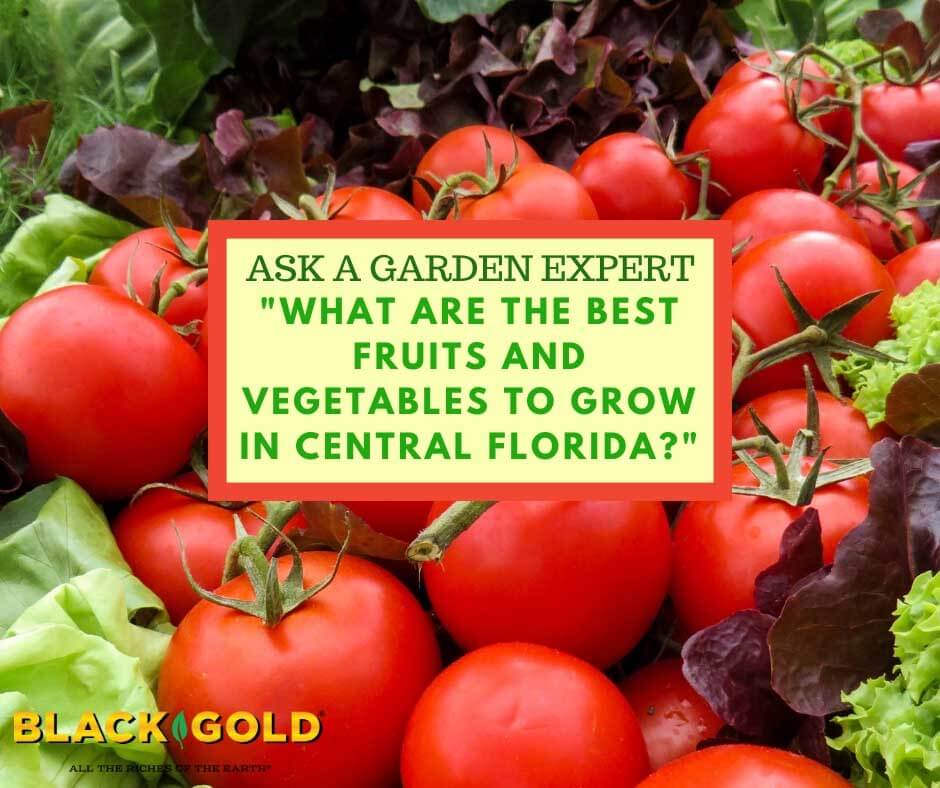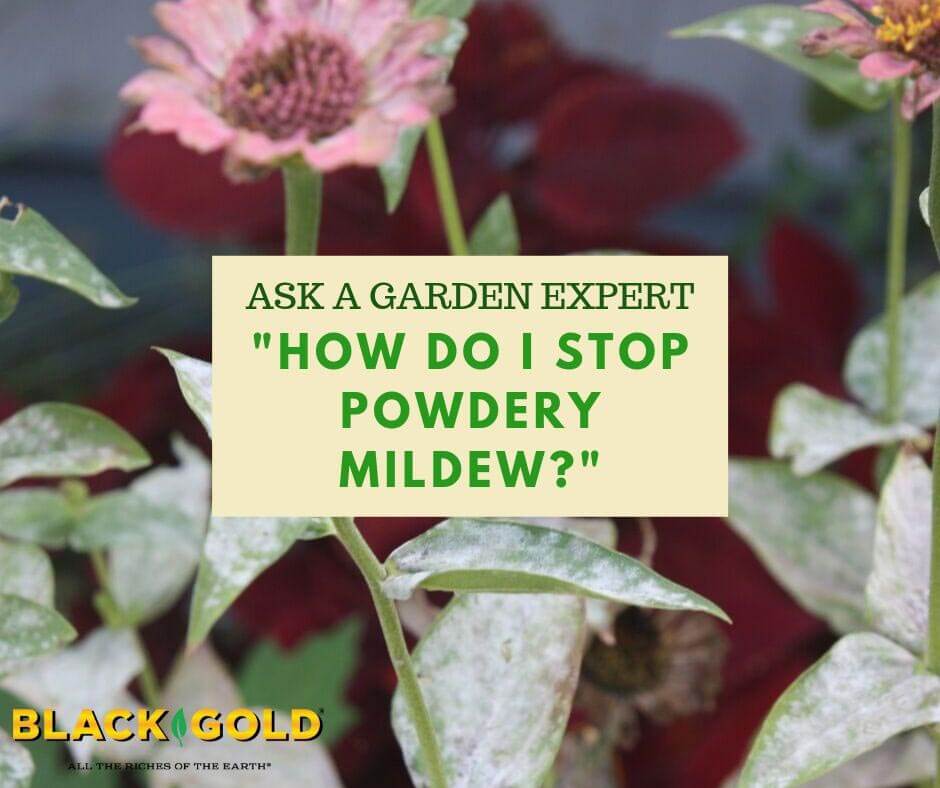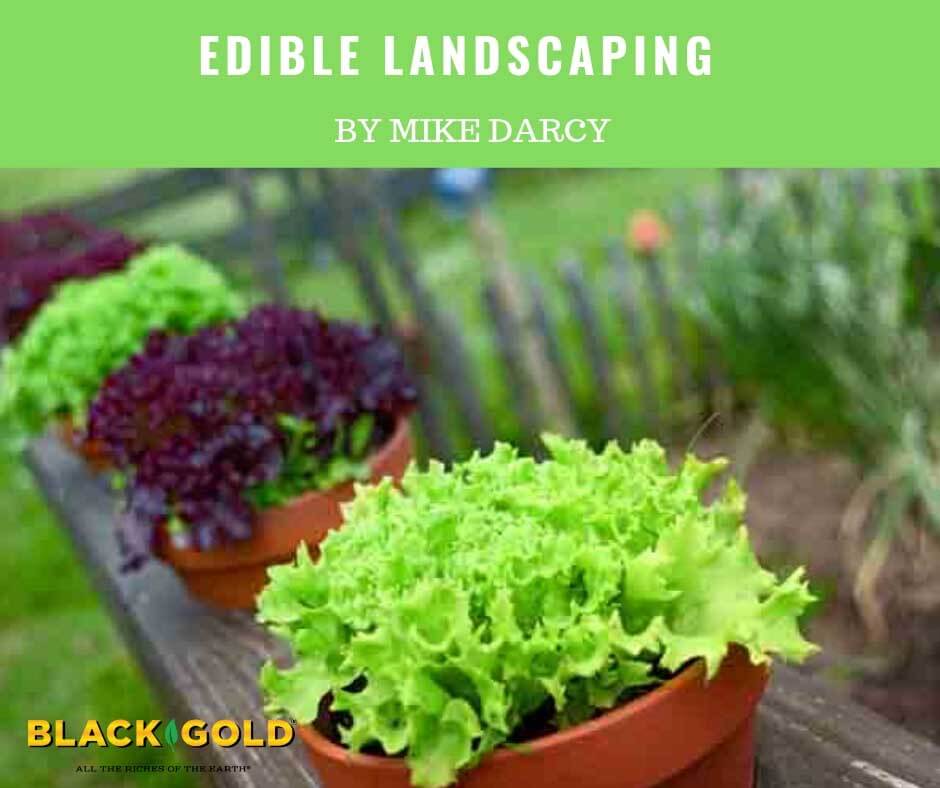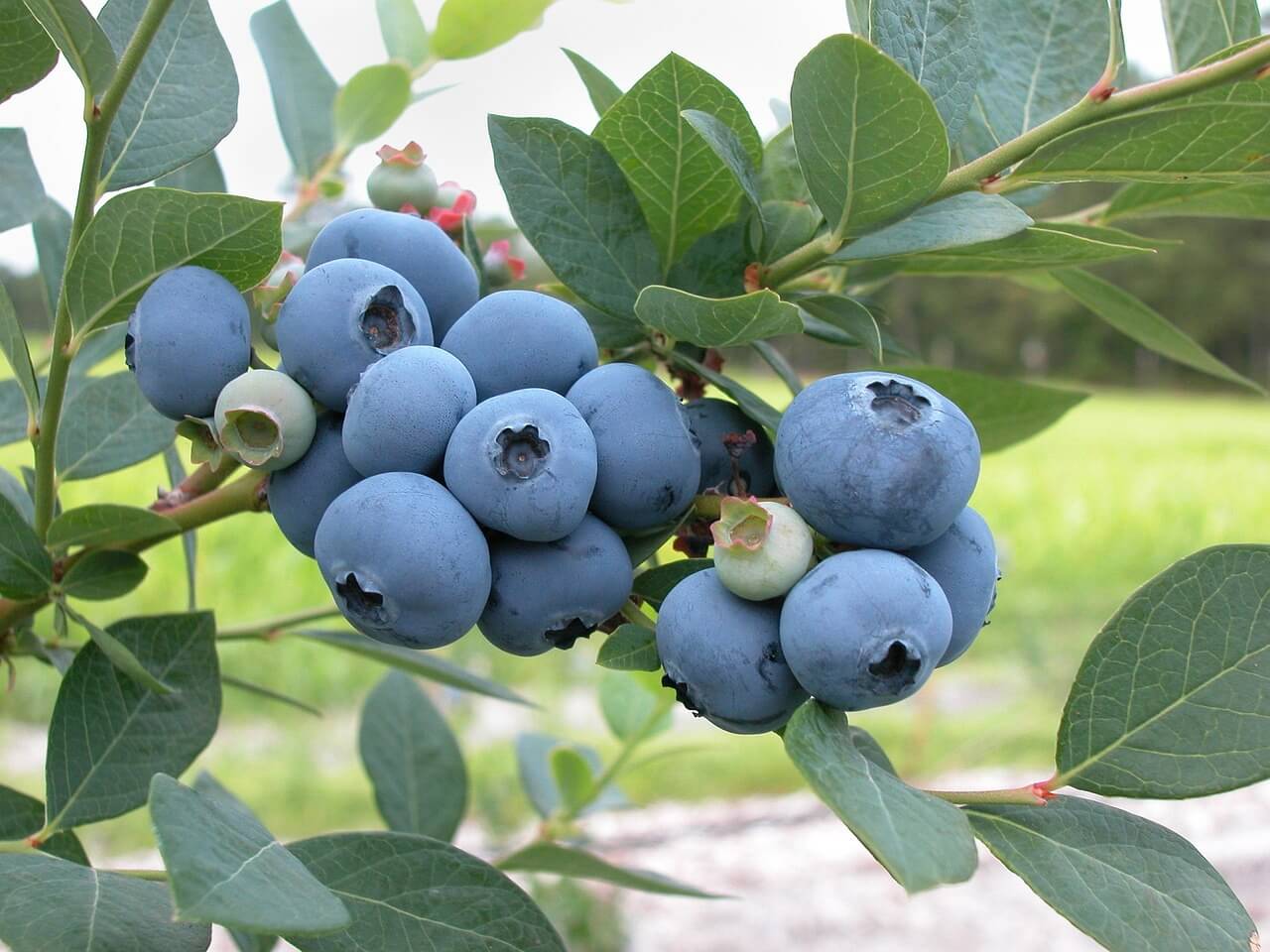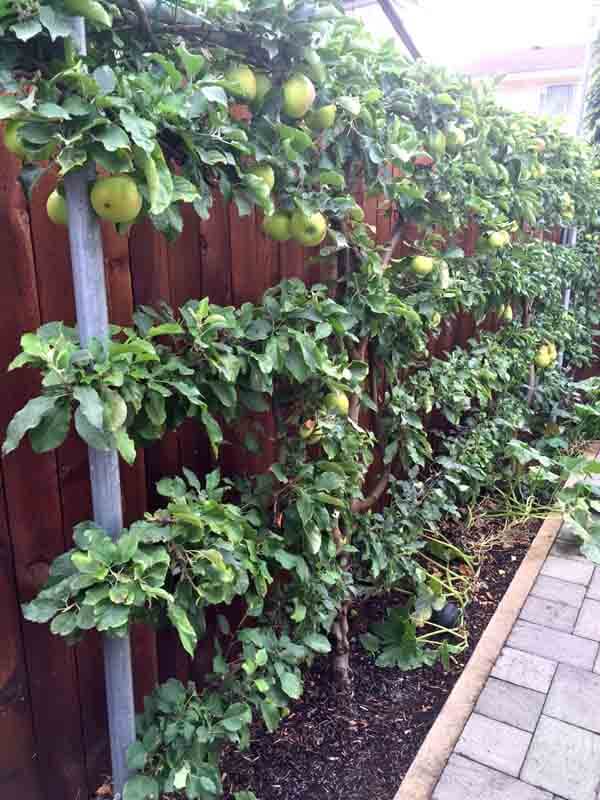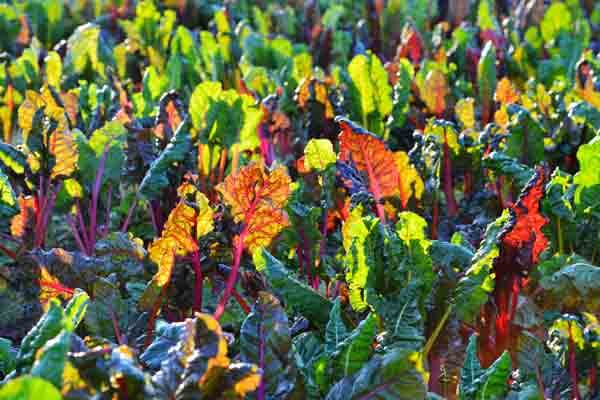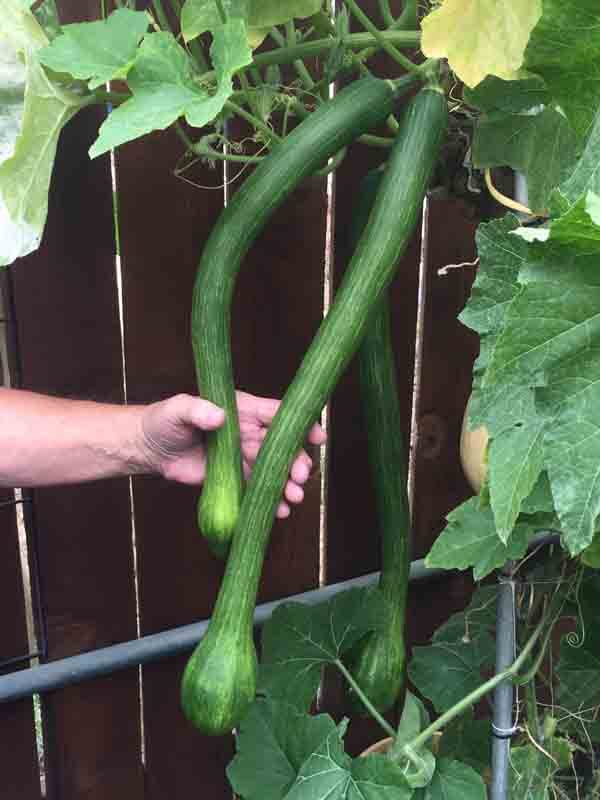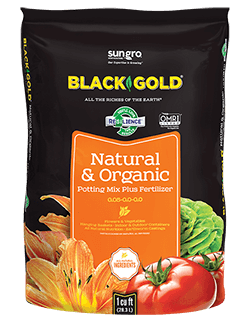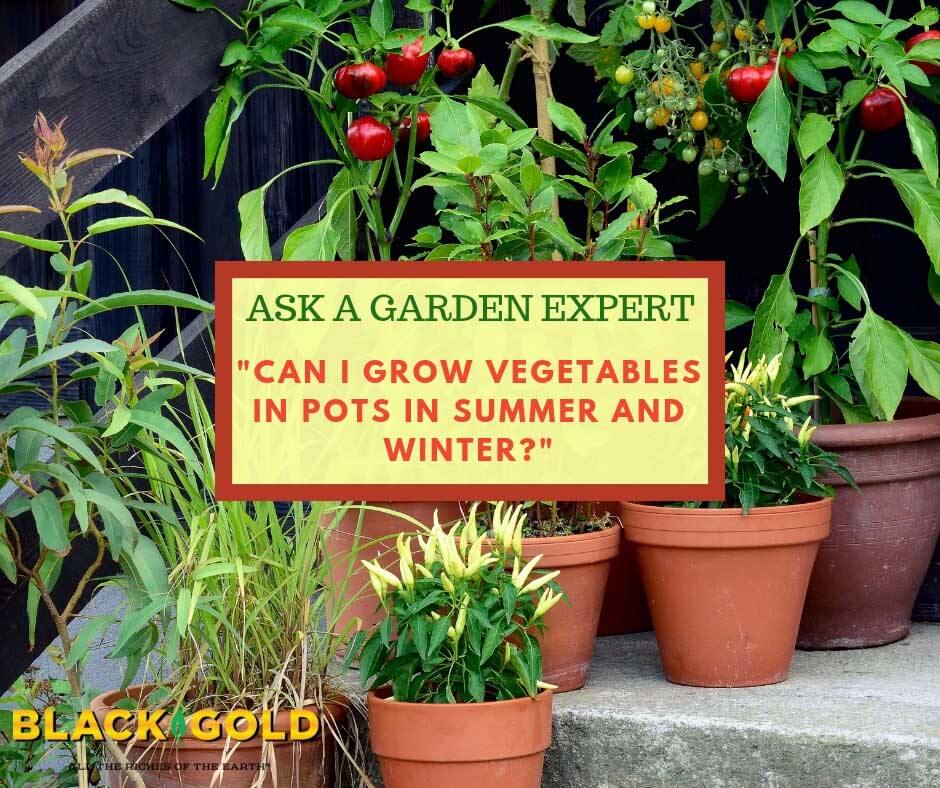
What are the best plants to grow in a raised bed garden in high desert regions?” Question from Jill of Greybull, Wyoming

Answer: With the dry, scorching highs of the day and cool nights, you are certainly limited in what you can grow in the high desert unless you create an enclosed garden conducive to vegetable, herb, and flower gardening. It’s all about enriching the soil (compost and coir are good, water-holding amendments), watering well, and protecting plants from the worst midday sun as well as heat, winds, and hungry wildlife. (Click here to learn more about protective vegetable gardening in the high desert.)
Here is a good list of vegetables and herbs that can take the hot sun, dry heat, and cooler nights.
Vegetables
Artichokes: Artichokes are from dry Mediterranean areas and develop deep tap roots for good water uptake. Their leaves are large, so be sure to protect them from drying winds to the best of your ability. They are perennial and generally produce one to two good crops of chokes per season.
Beans: The pole bean ‘Hopi Purple‘ string bean is a reliable grower in dry regions. For dry beans, ‘Mountain Pima Pinto‘ is delicious and perfectly suited for your area.
Corn: Western dry corn varieties are the easiest to grow in the high desert. Try the beautiful popcorn variety ‘Navajo Copper‘ or the beautiful ‘Glass Gem‘. If sweet corn is your favorite, grow the super sweet, bicolored ‘Trinity‘, which is shorter (5’) and very early to produce.
Peppers: All small-fruited hot chile peppers will grow well in hot, dry areas. Mild chiles, like poblanos, are also excellent in addition to the super flavorful and prolific frying/mole pepper ‘Holy Moly’. If you like sweets, try the small-sized Lunchbox mini bell peppers, which demand less water than those with large, blocky fruits.
Okra: Okra can take the heat and some drought. I would choose a more compact variety, like ‘Jambalaya‘, which is very small but produces early and well with lots of green okra pods.
Summer Squash: Mediterranean bush squashes are good choices for high-desert growing. The compact ‘Clarimore‘ has pale green, thin-skinned squash that tastes great.
Tomatoes: There are loads of tomatoes that are specially bred to grow well in high heat, and if provided good irrigation and fertilizer they grow well in the high desert, too. These include the hybrids Heatwave II and ‘Summer Set‘. Both are classic red tomatoes with good flavor. The heirloom, red-fruited ‘Arkansas Traveler‘ is another with excellent heat resistance in addition to the flavorful ‘Eva Purple Ball‘. A good red cherry is ‘Texas Wild Cherry‘. Tomatillos are also reliable in the west.
Winter Squash: Native American western winter squashes are the best for dryland growing. The rustic fruits of ‘Navajo Hubbard‘ and ‘Seminole‘ pumpkins grow well, but the vines require lots of space. For smaller vines, try the compact, bush ‘Delicata‘, which has some of the sweetest squash around.
Herbs
Many herbs will grow reliably in your area with adequate irrigation. The best include Thai basil, rosemary, sage, Mexican oregano, and creeping thyme.
Native American Seeds has many more varieties ideal for western raised beds.
I hope that these tips help! If you are interested in bedding and basket flowers and ornamentals for your region, you might also read our list for the high desert.
Happy raised bed growing!
Jessie Keith
Black Gold Horticulturist
